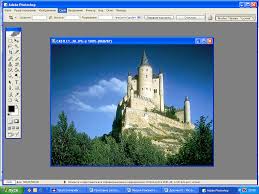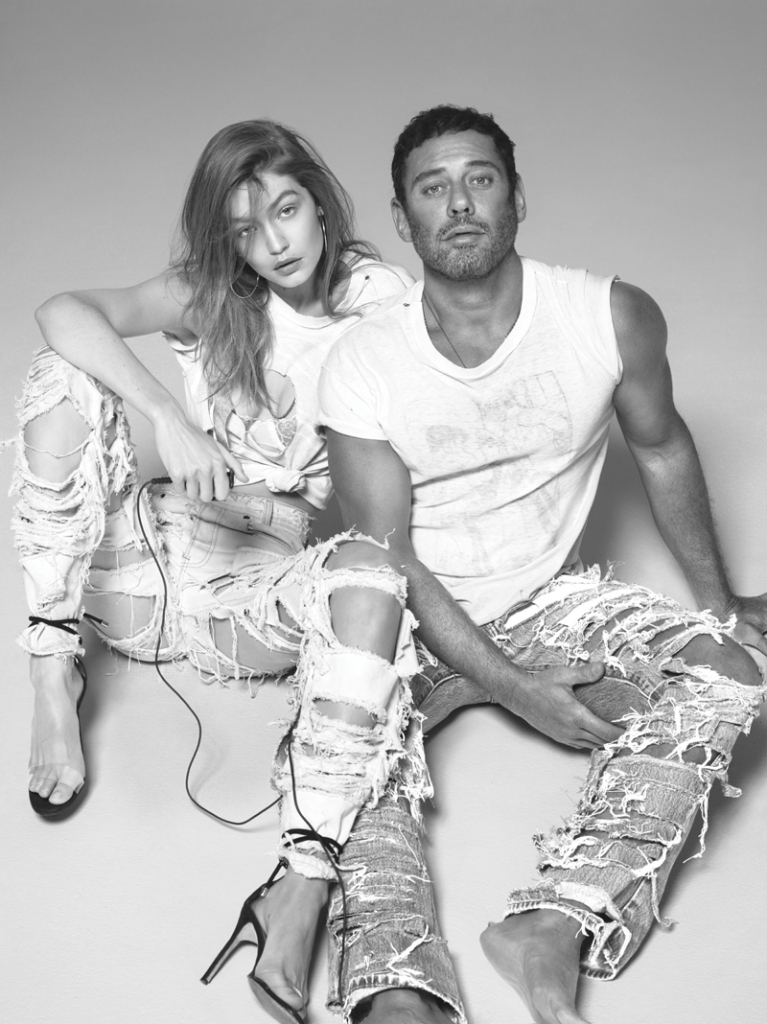Features of composition and documentary
 Despite the expansion of the scope of application of photography to various fields of artistic culture, applied arts and information itself, it now no less needs a set of rules for aesthetized construction of photographs. The composition of photography as an initial course is studied by both photographers and future film and television cameramen. Students and amateur photographers drew a lot of valuable necessary at this stage of preparation from the widespread manuals on composition and other creative principles of photography.
Despite the expansion of the scope of application of photography to various fields of artistic culture, applied arts and information itself, it now no less needs a set of rules for aesthetized construction of photographs. The composition of photography as an initial course is studied by both photographers and future film and television cameramen. Students and amateur photographers drew a lot of valuable necessary at this stage of preparation from the widespread manuals on composition and other creative principles of photography.
The rules and instructions borrowed from the practice of fine arts are significantly modified, revised, supplemented by recommendations in accordance with the specifics of photographic visual expressive means. The lens is not a brush or pencil in the hands of the creator of the image, shooting in nature is not drawing with a sketchbook, optical-chemical means are not paints on the palette, the photographer’s laboratory is not the artist’s workshop. All this is taken into account in the manuals but composition. However, ties with the aesthetics of plastic arts remain. The nature of the artistic image is most often considered in the light of the aesthetics of fine art.
The method of selective composition, as well as arranging pictures up to directing, provides an opportunity to generalize images. And the practice of photographers from different periods of the history of photographic painting convincingly convinces us that the nature of such images by analogy is really close to the nature of images of easel paintings. Therefore, for this type of photographic work there is no absolute need to develop special rules, aesthetic criteria. It is enough to adapt them from plastic arts within the boundaries of the possibilities of the art of painting technology.
There remain connections with the aesthetic criteria of different stylistic attitudes that exist in these arts in the genres of portraiture or landscape, in the genres of realistic and metaphorical photography.
The situation is different in the field of documentary and documentary-artistic photography. Attempts to apply the existing aesthetic criteria to it were not always successful. And if a picture or a series of pictures did not meet the concepts of an artistic image borrowed from traditional plastic arts, such works of photography simply went beyond the boundaries of art. But since the 30s of the twentieth century, the works of researchers began to appear, interested in the original nature of the image in documentary photography. In subsequent years, the development of the theory of cinema contributed to this. This synthetic art incorporated photography into its poetics utilitarian: the film editing system absorbed photography, and the photographic basis of cinema turned out to be unnoticed for decades. Borrowings from the practice of theater, the triumph of sound, then color cinema even more prominently took the photo to the background. However, the time has come, and many film theorists have looked at the photograph, the first of the “mechanical” arts that came into the artistic culture of society. They return to the supplanted topic of the photographic nature of the entertainment arts: film and television].
Indicative in this regard is the book of Siegfried Krakauer. Exploring the nature of the film, he devoted the first chapter to the history and current state of photography. The author advocates the concept of realistic photography. He considers such a concept the basis of cinema, so he logically begins a book on the nature of the film with a treatise on documentary photography. Krakauer is aware of the practice of form-creation in photography, but considers such aspirations to be incompatible “with the goals of the realists.” He rejects judgments about the incompatibility of the concept of photography with the concept of creativity. In his opinion – the history of realistic photography confirms this – “photographic” in its creative understanding is contraindicated both in “dead copies” of phenomena and in image distortion by methods of form-creation. Compliance with the measure allows you to stay within the realistic photo.
Krakauer admits that the problem of raising photography “to the height of art” remains relevant, however, the photographers themselves – “adherents of realism” hesitate for a long time before giving a positive answer, “there are no such fluctuations among experimental photographers.”
Siegfried Krakauer gives preference to photography, prone to “unaccounted reality”, its “tendency to emphasize the elements of unintended, random, unexpected”, the tendency to convey “a feeling of incompleteness, infinity arising from emphasizing the elements of random”, whether it be a portrait or a street shot.
In photography, the aesthetic significance is not acquired by themselves in the plastic quality of the image, but in the ability to explore and learn about reality. Bearing in mind the photograph, Krakauer believes that the realist artist seeks to “dissolve in the true essence of the things around him.”



